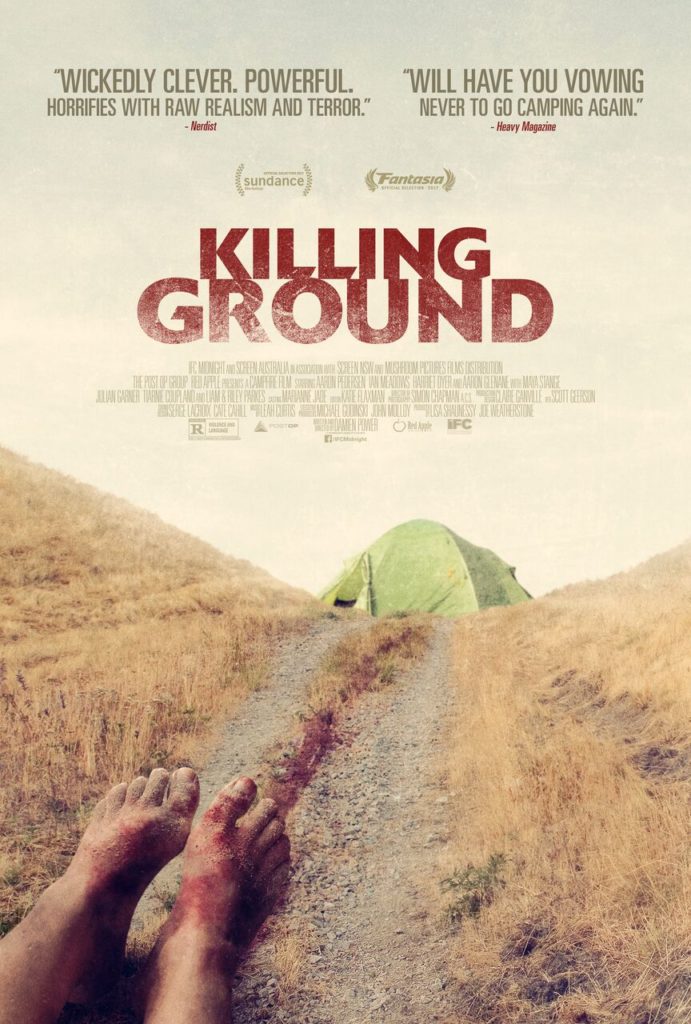
Damien Power’s KILLING GROUND is a tense horror-survival film following the fate of a couple of families camping in the Australian wilderness at the hands of small-town psychopaths. Power manages to set his film apart with a non-linear narrative structure that keeps the audience guessing what is happening and through the unique setting which alternates between Australian campgrounds and small towns. Daily Grindhouse got the chance to speak with Damien Power about the film.
DG: What made you come up with this idea for a horrific crime scene at a campground?
DP: The germ of the idea was the image of an orange tent in a bush. Then I started thinking about where the campers were and what had happened to them. I wanted to make the kind of film I like to watch, thrillers. I also wanted to bring something new to the table with the non-linear structure. And to try to spend some time with the characters so they didn’t just feel like Victim A and Victim B. To make it as realistic as possible, I thought about what I would do in that situation.
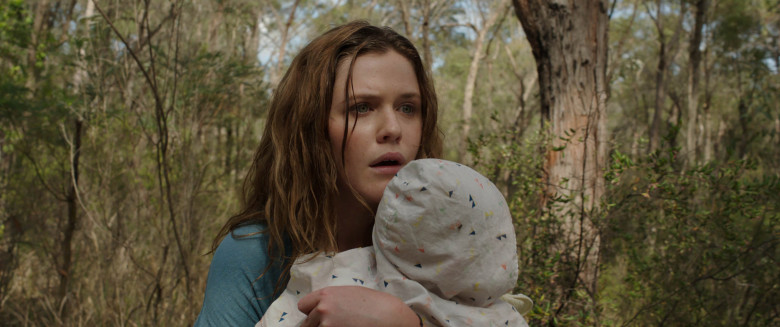
DG: How did the remote Australian setting influence the film?
DP: The setting was like another character. In survival films, the landscape is really important, like in THE SHINING or THE REVENANT. The characters are isolated and somehow have to survive.
DG: What made you decide to take this in a more human-based rather than a supernatural direction?
DP: I wanted to make it as realistic as possible, something that could actually happen. That was the viewers could put themselves in the characters’ shoes.
DG: How did you balance the nonlinear narrative between the first family and the rest of the campers?
DP: I wrote it in a nonlinear way from the beginning, thinking what the characters would be doing at any given moment. That was I could make sure the audience was active in the story. How the characters related to others was very important. I also wanted to leave clues to putting the story together. I thought this would keep the audience more engaged and on the edge of their seats.
DG: How did you manage to capture the essence of small-town psychopaths?
DP: I did some reading into true crimes, and I pictured more than one perpetrator. What two individuals would be doing together on a given day. I once went out with a girl whose family lived in a small town, and on Christmas we’d go to a small pub and feel out of place. I also drew upon the masculine bloke culture in Australia.
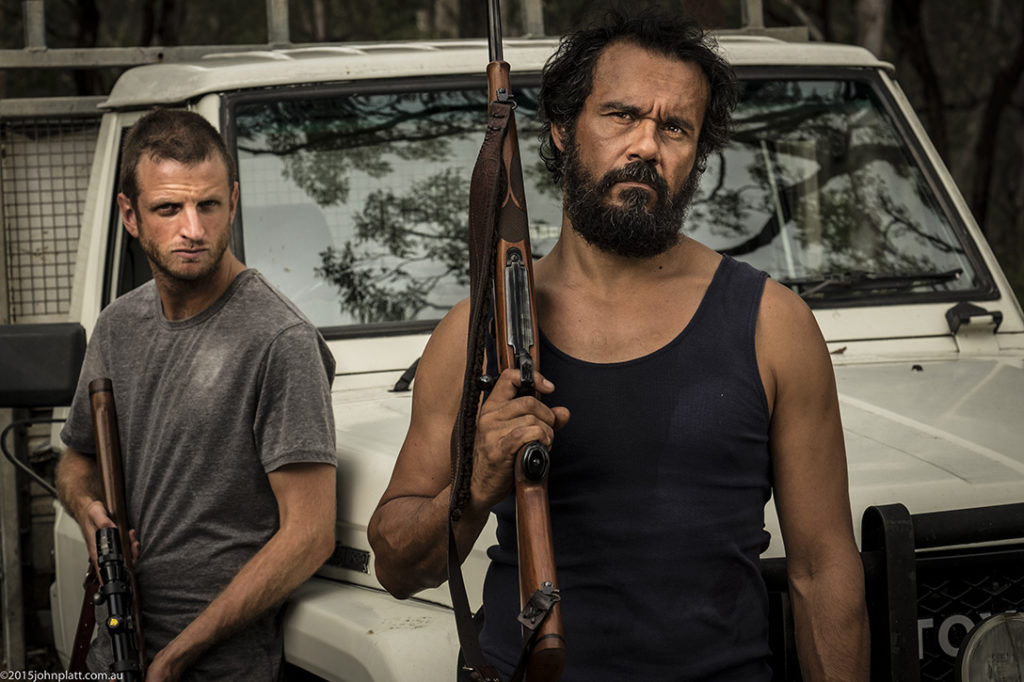
DG: How did you decide when to show the outright violence and terror in the film?
DP: Structurally the film asks in the beginning what happens to the characters. The campers’ fate is the eye of the hurricane, it draws you into that violent space and becomes them dealing with the violence. I think the off-screen violence that occurs is some of the worst.
DG: How did a fear of camping or the outdoors play into the film?
DP: You put a barrier between yourself and the rest of the world. It’s easy to imagine the worst happening in isolation.
DG: How did you distinguish yourself from other films in the horror-survival genre?
DP: By trying to tell a non-linear story and by trying to make it as realistic as possible. A lot of these films are relentlessly linear.
KILLING GROUND IS IN THEATERS AND AVAILABLE ON VOD ON JULY 21st, 2017
And check out our own Jason Coffman’s review of KILLING GROUND by clicking here!
Tags: Australia, Damien Power, IFC Midnight, Interviews, Killing Ground

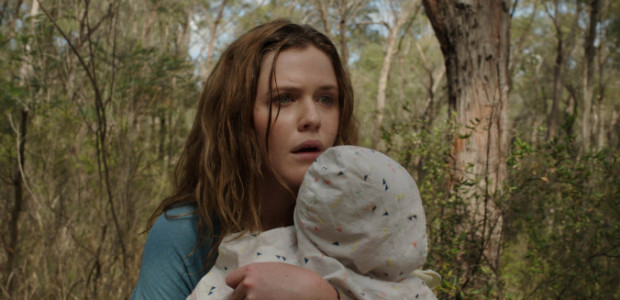
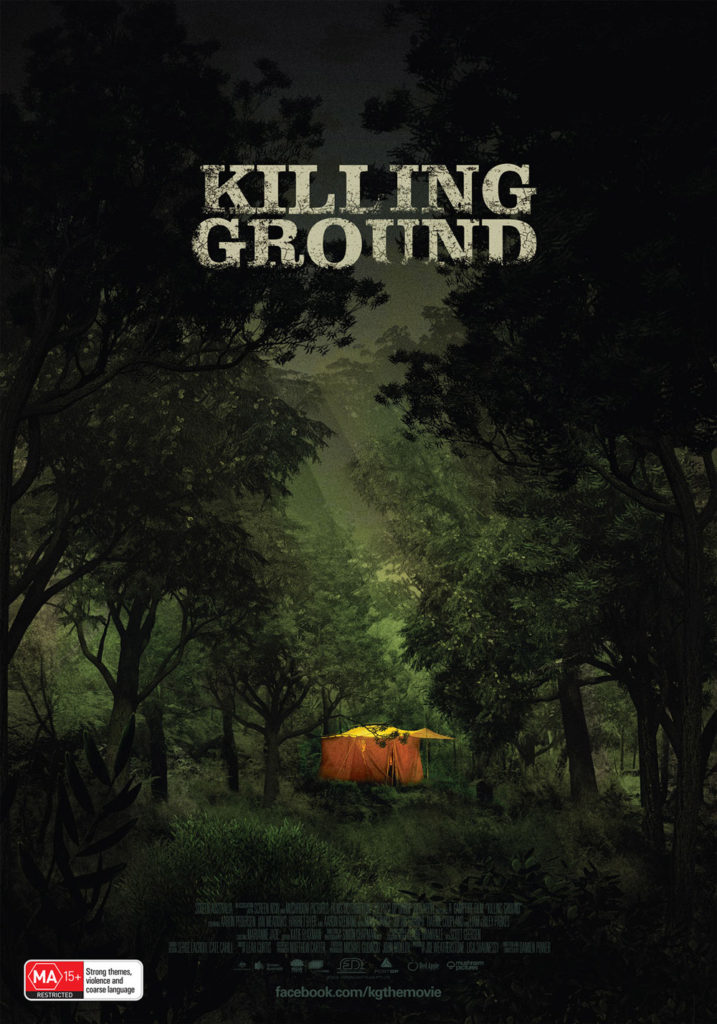
No Comments